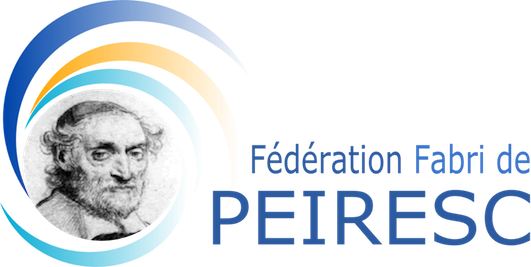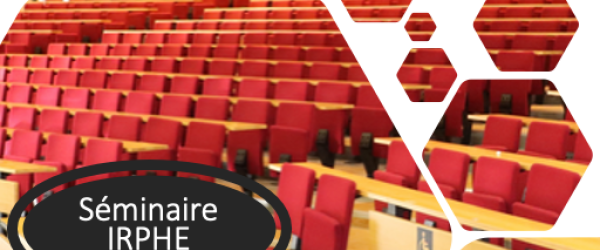Vendredi 14 novembre 2025 à 11h00 ; salle des séminaires IRPHE
Abstract: Most animals and micro-organisms can detect mechanical features of their environment with an exquisite sensitivity and rapidity. Humans, for instance can detect and discriminate micrometric variations of a surface roughness (its texture) by rubbing their fingers across it. Aquatic animals and micro-organisms often use myriads of high aspect ratio ciliated structures as tactile organs. The tactile detection is here mediated by hydrodynamic interactions and allows, for instance, for food/predators/flow detection and taxis.
In both cases (aquatic/terrestrial), the very first step of the tactile processes is purely mechanical: the interaction between the tactile organ and its mechanical environment elicits mechanical stresses which are propagated through the organism. The second step is biological: mechanosensitive cells (mechanoreceptors) embedded in the skin encode the mechanical signal in series of action potentials. The triggering of this neural response is due to the presence of mechanosensitive protein nanopores in the plasma membrane of mechanoreceptors. During these two tactile steps, the input mechanical signals are filtered, both by the mechanical properties of the tactile organ and by the biophysical properties of the mechanoreceptor membrane itself.
In this talk we will discuss how a noisy mechanical input (a texture) is integrated using biomimetic approaches, first at the scale of a tactile organ. Using artificial cilia, we will show how the texture of a heterogeneous liquid can be finely encoded by cilia’s bending fluctuations. We will then discuss our first attempts to develop artificial touch mechanoreceptors, made of lipid vesicles embedded in a gel, the membrane of which is decorated with mechanosensitive proteins. We will describe how these mechanoreceptors are deformed under static and dynamic perturbations, and model them as cavities embedded in an elastic medium. We will show that membrane stresses are anisotropic and that their time fluctuations can encode the texture of a solid.

